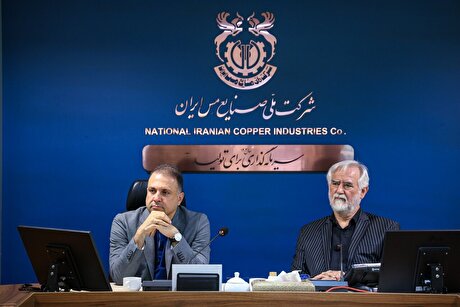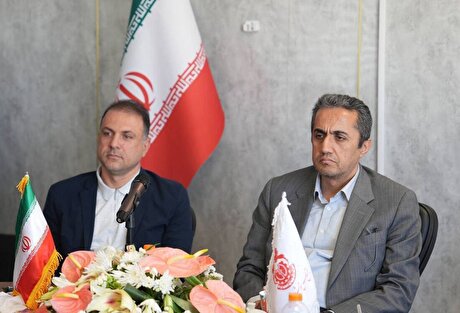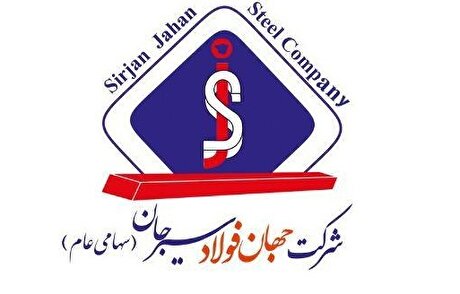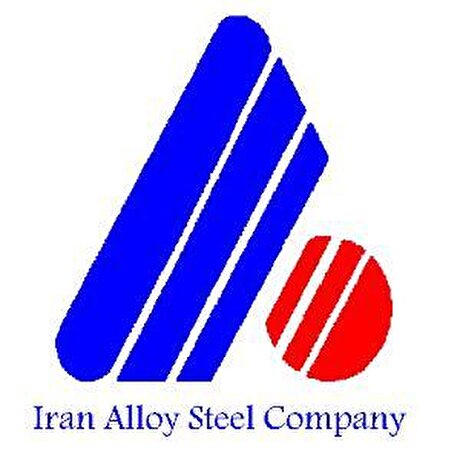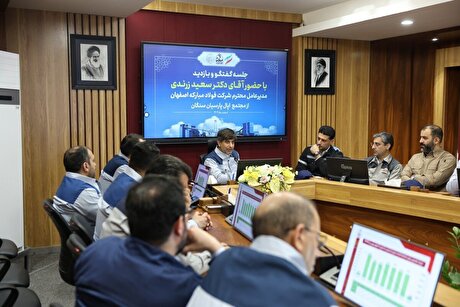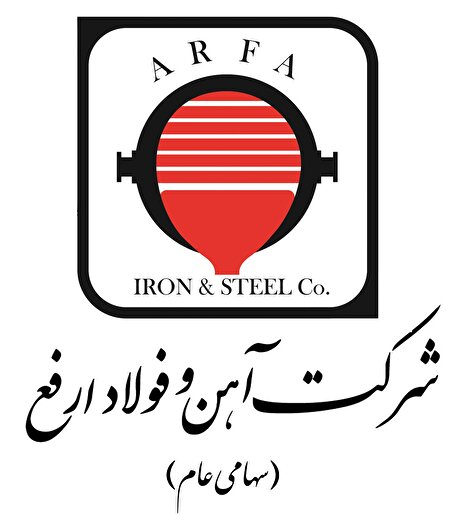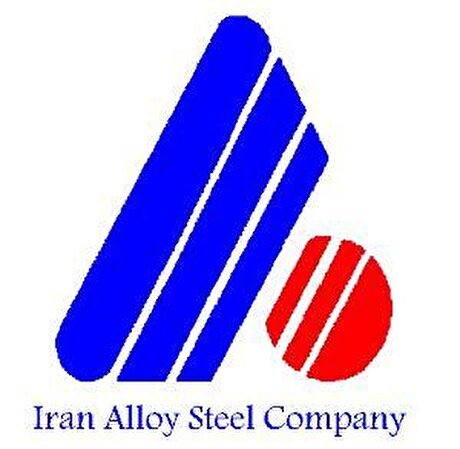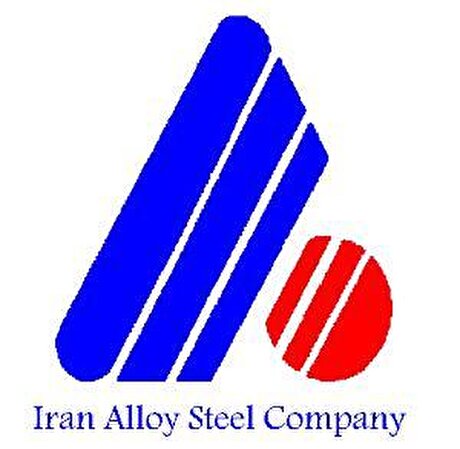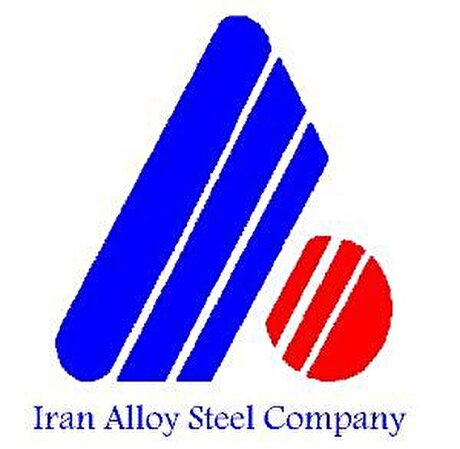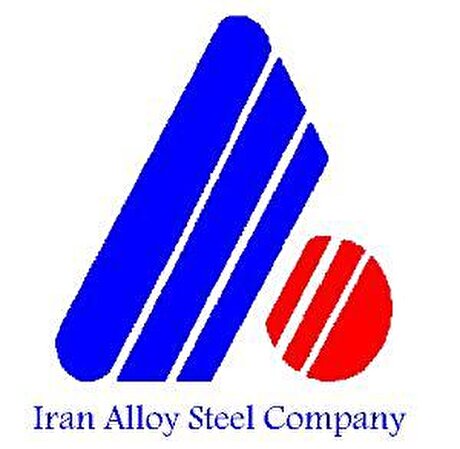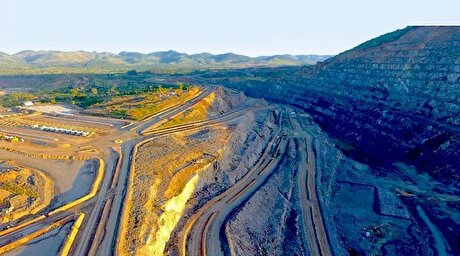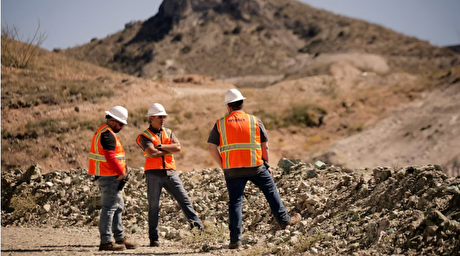
East Asia likely to get first Corpus Christi LNG cargo
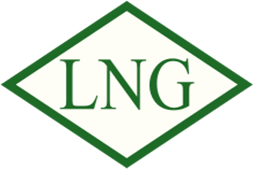

"The tanker will be sold to whoever pays the highest price, which now looks to be the Far East," Fusco said at an opening ceremony at the $15bn project.
Fusco was referring to the Cheniere-leased LNG vessel Golar Tundra, moored at Corpus Christi waiting for the first cargo.
"It will probably end up somewhere in the Far East," Fusco said, adding that the most likely destination would be Japan, South Korea or China.
The Argus Northeast Asia (Anea) spot LNG price for delivery in the second half of December was assessed today at $10/mmBtu.
The maiden cargo likely will be exported in one to two weeks, Corpus Christi LNG general manager Ari Aziz told Argus.
The first of three liquefaction trains being completed at the facility started producing small volumes of LNG yesterday and those initial volumes will be used to cool the first storage tank and loading arms, Aziz said. Since Corpus Christi is the first greenfield LNG export plant in the contiguous US, it does not have access to previously imported LNG to cool down facilities, so the start-up process takes a little longer to produce the necessary LNG for cool-down.
The cool-down process will likely last five to seven days, during which gas intake will be about 100mn cf/d, he said. After that intake would jump to about 400mn cf/d and then to 600mn cf/d or more, he said.
Each train that Cheniere has completed or is building at Corpus Christi and its Sabine Pass LNG export terminal in Louisiana has baseload production of 4.5mn t/yr, equivalent to about 620mn cf/d (17.5mn m³/d) of gas, and peak capacity of 5mn t/yr.
Each train would typically produce a full LNG cargo in about five to seven days if it is operating at or near capacity.
The fifth train at Sabine Pass is also expected to export its first cargo soon, having started LNG production in late October.
Each train is expected to produce five to seven test cargoes that Cheniere would sell into the spot market before starting long-term operations in the first quarter of 2019.
The second train at Corpus Christi is expected to start long-term operations in the second half of 2019 and train 3 in 2021.

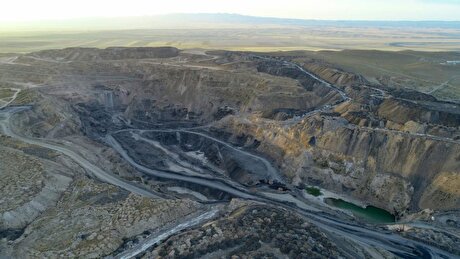
Uzbek gold miner said to eye $20 billion value in dual listing

Peabody–Anglo $3.8B coal deal on the brink after mine fire

A global market based on gold bars shudders on tariff threat
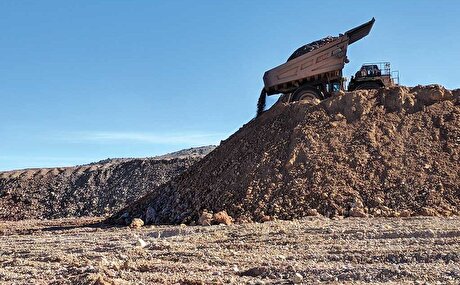
Minera Alamos buys Equinox’s Nevada assets for $115M

Adani’s new copper smelter in India applies to become LME-listed brand
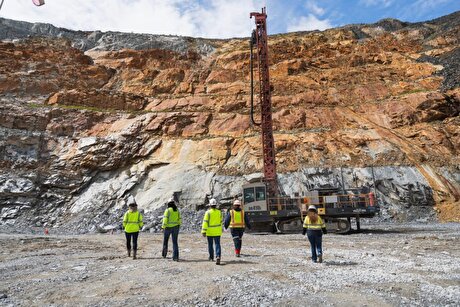
OceanaGold hits new high on strong Q2 results

Trump says gold imports won’t be tariffed in reprieve for market

De Beers strikes first kimberlite field in 30 years
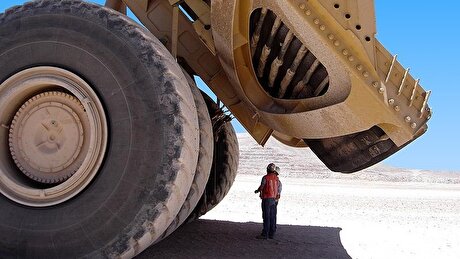
Cochilco maintains copper price forecast for 2025 and 2026
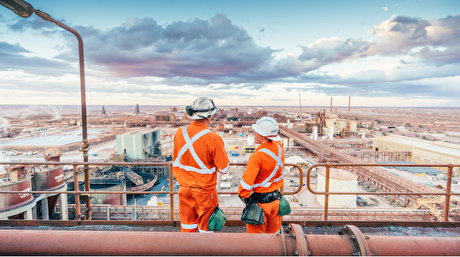
BHP shares near priciest valuation since 2021 on shift to miners

African Rainbow boosts Surge Copper stake to 19.9%
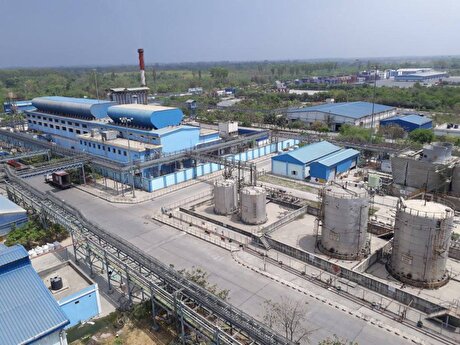
Hindustan Zinc to invest $438 million to build reprocessing plant
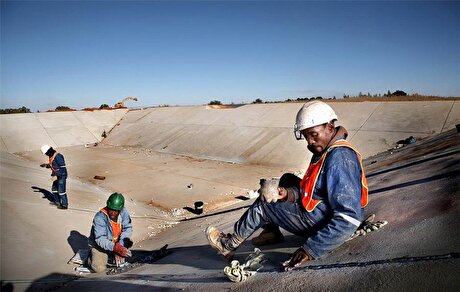
South Africa mining lobby gives draft law feedback with concerns

Wooden church sets off on slow Swedish road trip to escape mining subsidence
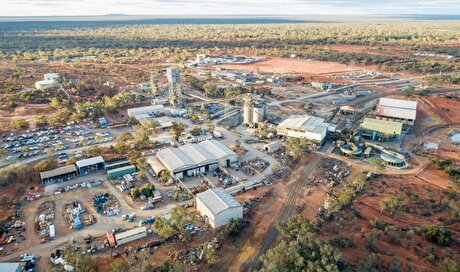
Harmony Gold’s MAC Copper takeover gets regulatory nod
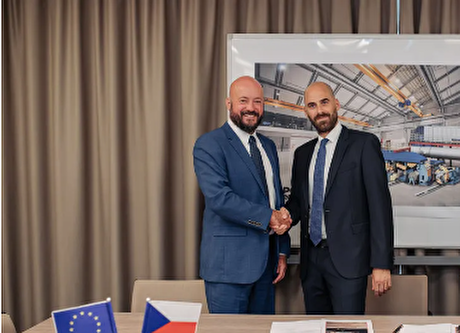
Povrly Copper Industries orders a breakdown rolling mill for high-quality copper, brass, and bronze strip production
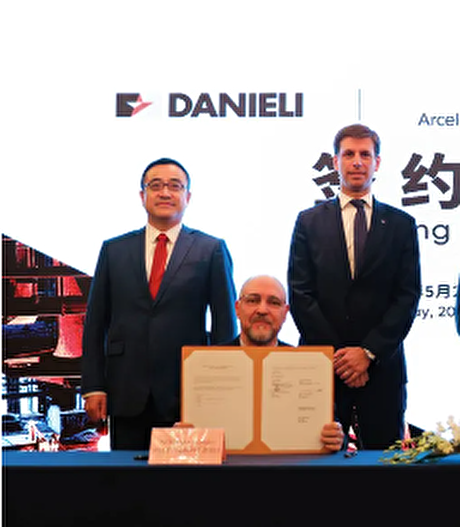
Advanced cold-rolled strip for China’s New Energy Vehicle market
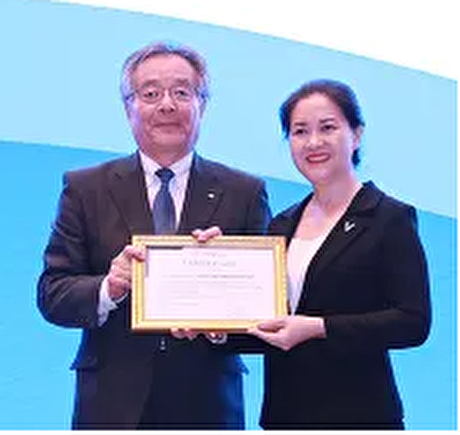
A Danieli greenfield project for competitive, quality rebar production
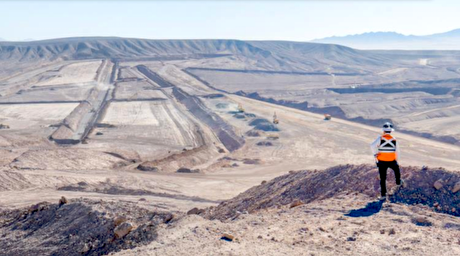
Antofagasta posts biggest profit margins since 2021

BHP shares near priciest valuation since 2021 on shift to miners

African Rainbow boosts Surge Copper stake to 19.9%

Hindustan Zinc to invest $438 million to build reprocessing plant

South Africa mining lobby gives draft law feedback with concerns

Wooden church sets off on slow Swedish road trip to escape mining subsidence

Harmony Gold’s MAC Copper takeover gets regulatory nod

Povrly Copper Industries orders a breakdown rolling mill for high-quality copper, brass, and bronze strip production

Advanced cold-rolled strip for China’s New Energy Vehicle market

A Danieli greenfield project for competitive, quality rebar production

